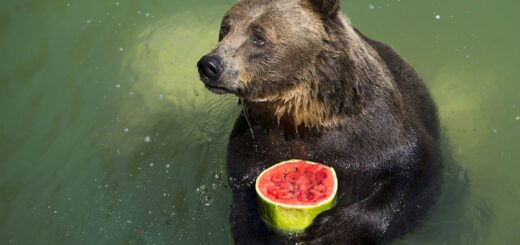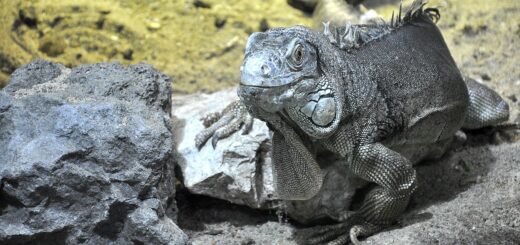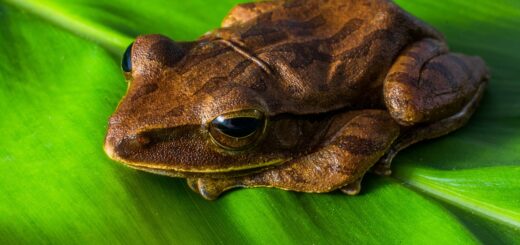Juvenile growth and nutrition in two species of carpet shark (Hemiscyllium ocellatium and Hemiscyllium trispeculare)
Citation
Williams SM, Fowler AL, Sullivan KE, Livingston S, and Valdes EV. 2021. Juvenile growth and nutrition in two species of carpet shark (Hemiscyllium ocellatium and Hemiscyllium trispeculare). In Brooks M, Koutsos E, and Henry B Eds. Proceedings of the Fourteenth Conference on Zoo and Wildlife Nutrition, Zoo and Wildlife Nutrition Foundation and AZA Nutrition Advisory Group, Virtual.
Abstract
Neonatal and juvenile nutrition is critical in establishing healthy individuals within any collection, especially for aquariums where elasmobranch pups receive no parental care. Because of this, newborns are wholly dependent on animal care professionals to provide high quality, nutritious diets and establish good feeding to support strong growth. The Seas with Nemo and Friends, Epcot acquired 3.0 aquaculture bred shark pups (2.0 epaulette sharks, Hemiscyllium ocellatium and 1.0 speckled carpet shark, Hemiscyllium trispeculare). Hemiscyllium sp. are a family of benthic shark species native to western Pacific reefs from northern Australia to Indonesia. They are popular in aquaria due to their modest mature size (ranging 75-107 cm), space requirement, and good temperament with tankmates. In the wild they consume a diet of small fish and invertebrates foraged from the reef and will readily consume an aquarium diet of a variety of frozen prey items (Table 1). Diet should be prepared in appropriately sized pieces that the small sharks can consume in a single bite. Once consumption has been established in newborn sharks, they are trained to consume food pieces off a feeding stick. This allows for the recording of individual consumption compared to broadcast feeding. We are presenting diet consumption and body weight data over the sharks’ first approximately 250 days in our care, divided into six growth periods based on common weight dates (Table 2). The sharks arrived at between one and two months of age and had already been established on a diet of chopped shrimp and salmon fillets from the breeding facility. The sharks all increased diet consumption across the five periods (Table 3). Two of the three sharks had average daily weight gain increased across all periods (Table 4). Overall, the sharks had just over a nine times weight gain over the course of their first 250 to 263 days at our facility, with each shark increasing from an average initial BW of 14.7 g to an average BW of 136.9 g by the end of period 5 (Figure 1). The sharks’ efficiency of weight gain (feed/gain) varied by period, ranging from 1.42 to 4.53 g of feed per g of weight gain (Table 5). This data set shows what a critical role nutrition plays in supporting the rapid growth and development of young Hemiscyllium sp. pups.
 50_Williams.pdf 234 KB
50_Williams.pdf 234 KB








